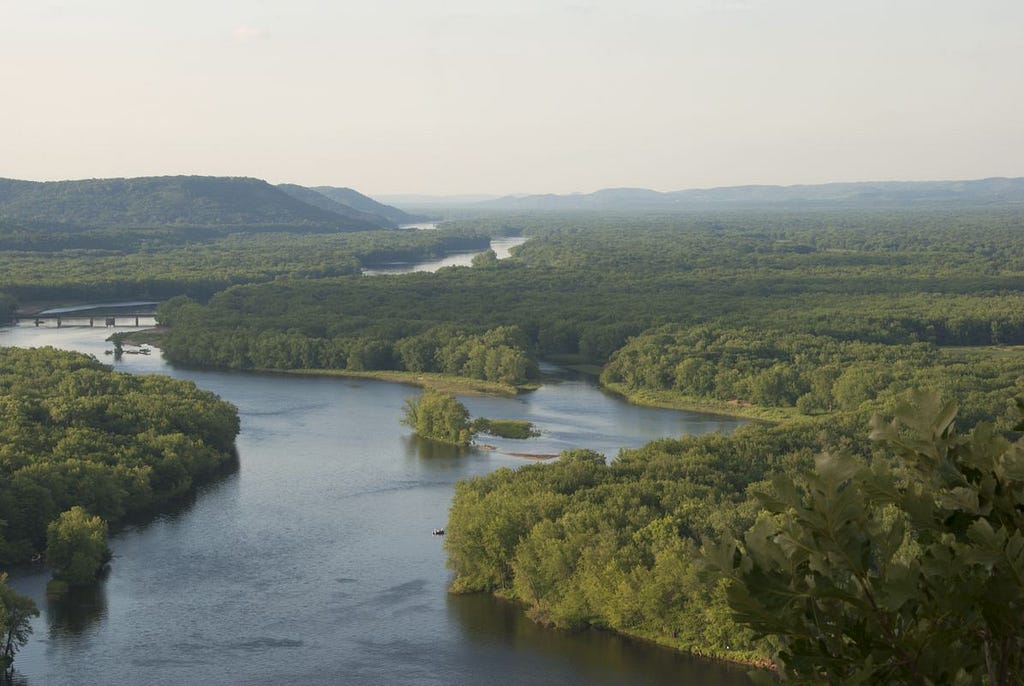Show Your Love for Your Valentine and Your Love for Our Planet

Are you thinking about saying I love you with a dozen roses this year?
You’re not alone. Valentine’s Day is the biggest day of the year for most florists and rose growers. American shoppers are expected to spend nearly $2 billion on flowers — most of which will be roses — this Valentine’s Day. But are roses a green gift in 2020?
Apologies to all the rose lovers out there, but the answer is that, unfortunately, roses aren’t green.
That may be surprising. After all, flowers are natural and compostable. But when we examine the connection between the climate crisis and flowers, the biggest issue is transportation. Valentine’s Day occurs in the middle of winter for most of the United States, and Valentine’s Day bouquets have to travel a long way to get to your loved one’s arms. Most of the roses given for Valentine’s Day in the U.S. come from overseas and, particularly, Latin America — especially Colombia and Ecuador, the world’s second- and third-largest exporters of cut flowers after the Netherlands. In fact, Colombia alone shipped more than 4 billion flowers to the U.S. in 2018.
In total, it’s estimated that more than 15,000 tons of flowers are delivered in less than a month from Ecuador alone to fill Valentine’s bouquets. And because roses are particularly fragile, they have to be transported in temperature-controlled planes and trucks, which have significant consequences for the climate.

Is your business looking for ideas on making a positive environmental impact? Check this free online report from B Lab that compiles articles and resources to help your business become a climate leader. Whether you work at a large company or an agency, get inspired to do more today.
While we often think of dirty, polluting fossil fuel plants as the main driver of carbon pollution, transportation is actually the largest source of greenhouse gas emissions in the United States, comprising 29% of the country’s total emissions with approximately one quarter of those U.S. transportation emissions come from freight.
The International Council on Clean Transportation estimated that Valentine’s flower delivery flights burn approximately 114 million liters of fuel, emitting nearly 360,000 metric tons of carbon dioxide into the atmosphere.
And air travel is just the beginning.
Once flowers land in the U.S., they need to travel via refrigerated truck to your local florist. Refrigeration means vehicles have to burn more fuel — increasing carbon emissions.
So what are the alternatives?
One is to consider buying flowers that are able to be grown locally or are heartier. Another is to skip the flowers altogether and consider green gifts, such as planting a tree in your love’s name or making a donation to an environmental organization.
CleanChoice Energy has a program that allows you to give the gift of a cleaner, greener world this Valentine’s Day. With a $25 gift, you can help plant trees in the Mississippi River Valley. Each purchase helps remove 1 ton of carbon pollution from the atmosphere.
After all, there’s no better way to say “I love you” than doing your part to ensure a safe future for the planet your loved one lives on.
B the Change gathers and shares the voices from within the movement of people using business as a force for good and the community of Certified B Corporations. The opinions expressed do not necessarily reflect those of the nonprofit B Lab.

Opt for a Greener Gift Option This Valentine’s Day was originally published in B The Change on Medium, where people are continuing the conversation by highlighting and responding to this story.